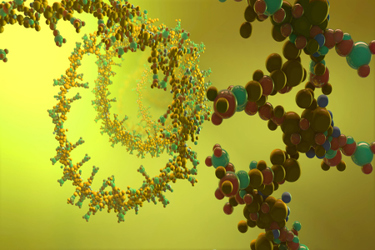Selection And Evaluation Of Hybridization Capture Probes For LC/MS Analysis Of Oligonucleotides

LC/MS bioanalysis of oligonucleotides has historically faced challenges across the entire workflow, including extraction, liquid chromatography, and mass spectrometry detection. One of the major hurdles in oligonucleotide extraction is low recovery, often due to nonspecific binding or inefficiencies in commonly used extraction techniques. Recent studies have introduced a more targeted biotinylated probe hybridization approach to address these issues. However, little has been published on the comparative advantages of different probe types used in this method.
While research has explored the design and characteristics of DNA, LNA, and PNA probes, there has been limited discussion on how these variations affect recovery rates and interference levels. The design of biotinylated probes generally aims to minimize self-hybridization while maintaining a complementary sequence strong enough to outcompete matrix interferences or binding with the sense strand in siRNA modalities. At the same time, the melting temperature (Tm) of the duplex must remain low enough to allow efficient recovery from streptavidin beads.
In a recent siRNA assay development using an LNA-based probe, we encountered mass spectrometry interferences from residual probe binding to the antisense strand. Adjusting the Tm helped reduce the release of the biotinylated probe/antisense complex, but trace amounts of the probe persisted in the final extract, leading to interference in the LLOQ samples. Modifying the LC conditions alleviated some of the interference, though not completely, as it introduced peak shape issues with the internal standard. After evaluating the probe design, we transitioned to a PNA probe, aiming for better chromatographic separation of any residual probe due to PNA’s distinct properties.
Get unlimited access to:
Enter your credentials below to log in. Not yet a member of Cell & Gene? Subscribe today.
